|
Although the fashion design degree certainly came in handy, most of the sewing techniques and secrets I know today are self-taught from years of trial and error and experimentation. I have probably worked with every type of fabric imaginable and designed just about everything from tailored trousers to summer dresses and beyond. My first collections were all done by hand from start to finish. I would design every piece, draft the sewing patterns, size them and sew everything from blouses, to dresses and jackets all on my own- believe me, that is certainly not a job for a single person. I was working in a small space, to be more precise, it was my tiny, overheated bedroom. When I look back on that now, I ask myself how I was able to do it? How come those working conditions were not able to stop me? The answer is actually quite simple. I don’t have to over analyze my past to know that when you really love and want something wholeheartedly, your brain makes no excuses. As cliche as it sounds, there really is no such thing as “I can’t”, there’s only “ I don’t want it bad enough”. The Difficulty of Getting Started In The Sewing Process There are many things I’ve learned along the way, but one of the most resounding is that there really wasn’t a single tool out on the market that could offer a simple, non-intimidating option for those who want to teach themselves how to sew. People find sewing complicated and overwhelming because it seems to have too many steps required to get started and most people don’t even know where to begin. Taking sewing classes are an option but they often clash with most family and work schedules and take some financial investment on the beginner’s part. For those that prefer self-teaching sewing options in the comfort of their home where they can control the time and focus put into it, books are sometimes too general or complicated and there isn’t a simple start-to-finish comprehensive online guide to help them in the process. Even some of the manuals I was using throughout college when I was starting out where packed with detailed information so overwhelming, that I can’t imagine the average sewing beginner being able to get past the first stages of learning how to sew. I, of course, stuck to it because I was studying for a degree, but for someone who wants to learn the basics of sewing as a hobby, the self-teaching process is most likely to fall apart on week one. It is the combination of all of these experiences and constantly hearing from friends and acquaintances “I wish I knew how to sew!” that has inspired me to come up with a solution. One that is for those that want to teach themselves how to sew in the privacy of their own homes on their own time frame. The result? The Learn to Sew Box: A simple box that includes everything you need to get started along with a simple step-by-step visual guide walking you through how to sew an A-line dress from start to finish. About the Learn To Sew Box In order to keep the learning process as simple and as personalized as possible, the Learn to Sew Box gives you the ability to choose from four fabrics: 3 print options and one solid. Once you make your fabric choice, all you have to do is choose your size! We opted for a Small-Medium-Large method, as to not confuse the sewing beginner with number sizes. The box comes equipped with full Front and Back dress sewing patterns (in your choice of size) which are in the simple, industrial form on easy-to-handle tracing paper. The pattern elements are clearly marked with their corresponding terms (armhole, neckline, darts etc) and they are also reusable! So if you like how the dress fits, sew it in a few different fabrics. Along with the fabric and sewing patterns, we’ve included the basic supplies you’ll need, which are also reusable. The idea was to save you the unnecessary and confusing trips to the fabric store by providing you with all the basic supplies you need. Starting with the basics in a simple way is the best way to truly understand the sewing process. The supplies include: Sewing pins, a water soluble marking pencil, a seam ripper and matching thread. To tie it all together, a 5-page step-by-step visual guide will walk you through the process of aligning the sewing pattern on fabric, cutting the pattern out, marking the fabric and sewing the dress in the most simple yet detailed way. This guide will introduce you to seam allowance, grain line, notches, and the types of fabric best used with this A-line dress. It will also include some tips and secrets I’ve adopted from trial-and-error along the way. Learning Important, Basic Sewing Techniques: The Simple Way So why should a dress be the first item you make? Well, learning how to sew a dress is actually the best way to understand some of the most common techniques and elements you’ll come across in sewing. The simple A-line dress style included in the box has bust darts, it requires a binding method for clean-finishing the armholes and the neckline, and the hem is finished with a double folded machine stitch. These are the most common, basic techniques you can apply to most of your future sewing projects. It is imperative that you understand how to sew a simple dart and how to mark it on fabric- Chances are, you will come across darts about 90% of the time you are working with woven fabrics. As far as learning how to clean finish with binding, this has become the most common way casual necklines and armholes are finished both for woven and knit fabrics. If you take a peek into your closet right now, you will most likely find most of your casual styles to have a binding around neck and sleeveless edges. Same thing goes for a double folded, machine stitched hem- It is the most commonly used to clean finish hems and a method you’ll be able to use on most fabrics and styles in the future. As you become more advanced, you can actually use this dress pattern to create tops and dresses in other styles. The Learn To Sew Box is sort of like the teacher I never had but always wanted- you know the one that breaks everything down in simple terms and spills some trade tips and secrets in the process?
0 Comments
Leave a Reply. |
The Blog:A journey into our design process, sewing tutorials, fashion tips, and all the inspiring people and things we love. Doina AlexeiDesigner by trade and dressmaker at heart. I spend most of my days obsessing over new fabrics and daydreaming new ideas. Sadie
Executive Assistant & Client Relations Manager Archives
November 2019
Categories
All
|
-
Sewing Tutorials
-
Basics
>
- Aligning Pattern Grainlines To Fabric
- Preparing Fabrics For Sewing
- Pinning Sewing Patterns To Fabric
- Placing Sewing Patterns On Fabric For Cutting
- Rotary Cutters or Fabric Scissors?
- Cutting The Sewing Patterns
- What Are Notches And How To Use Them In The Sewing Process
- Transferring Notches From Pattern To Fabric
- Transferring Seamlines to Fabric
- Staystitching
- Backstitching: A Complete Guide
- Hand Basting: A Complete Guide
- Sewing Continuous Bias Binding
- Darts >
-
Sewing Seams
>
- The Basics Of Seams And Seam Allowance
- How To Sew A Straight Seam
- Sewing Curved Seams
- Sewing Corner Seams
- Trimming And Grading Seam Excess
- Notching/Clipping Seam Allowance for Tension Release
- Sewing Topstitched Seams
- Sewing Corded Seams
- Sewing A Slot Seam
- Sewing A Gathered Seam
- Sewing Bias Seams
- Sewing Seams With Ease
- Sewing Seams With Crossing Seamlines
- Sewing Unlike Fabric Seams
- How To Iron Seams: Ironing Tools And Conventions
- Sewing With Knit Fabrics
- Understanding Stitch Length And Tension
- Sewing Unique Fabric Seams
-
Seam Finishes
>
- Seam Finishing Techniques - Overview
- Applying A Pinked Seam Finish
- Applying A Bias Bound Seam Finish
- Serging And Zigzag Seam Finishes
- Sewing A Self-Bound Seam Finish
- Sewing A French Seam Finish
- Sewing A Hong Kong Seam Finish
- Sewing A Mock French Seam Finish
- Sewing A Turned-and-Stitched Seam Finish
- Sewing Overcast Hand-Applied Seam Finishes
- Sewing A Flat Felled Seam
- Sewing A Hairline Seam Finish
-
Hem Finishes
>
- Garment Hem Finishes: Overview
- Sewing A Double Fold Hem Finish
- Sewing A Single Fold Hem Finish
- Sewing Bound Hem Finishes
- Sewing An Exposed Double Layer Bound Hem
- Sewing A Folded-Up Bound Hem with Pre-folded Binding
- Sewing A Hong Kong Hem Finish
- Sewing A Band Hem Finish
- Sewing A Bias Faced Hem Finish
- Sewing A Twill Tape Hem Finish
- Sewing A Rolled Hem Finish
- Sewing A Shaped Hem Facing
- Using Fusible Hem Tape And Webbing
- Finishing A Lace Fabric Hem
- Finishing A Leather Hem
- Sewing Faced Hem Corners
- How To Finish Lining At The Hem
- Finishing Fabric Corners by Mitering >
- Interfacing A Hemline: Lined And Unlined Examples
-
Sewing Pockets
>
- Curved Patch Pocket With Flap
- Unlined Square Patch Pockets
- Lined Patch Pockets: Two Ways
- Extension On-Seam Pockets
- Separate On-Seam Pocket
- Front Hip Pockets
- Bound Double Welt Pocket
- Double Welt Pocket With Flap
- Self-Welt Pocket (Using Single Fabric Layer)
- Slanted Welt Pocket (Hand-Stitched)
- Faced Slash Pockets: Overview >
-
Sewing Zippers
>
- Sewing Zippers: General Information
- Sewing A Centered Zipper
- Sewing A Lapped Zipper
- Sewing An Invisible Zipper
- Sewing A Fly Front Zipper
- Sewing A Closed-End Exposed Zipper (No Seam)
- Sewing An Exposed Separating Zipper
- Sewing Hand Stitched Zipper Applications
- Sewing A Zipper Underlay
- Sewing A Placket-Enclosed Separating Zipper
- Sleeveless Finishes >
-
Neckline Finishes
>
- Sewing A Neck Shaped Facing
- Sewing An All-In-One Neck Facing
- Neck And Garment Opening Combination Facings >
- Sewing A Bias Faced Neckline Finish
- Sewing A Band Neckline Finish
- Bound Neckline Finishes: Overview >
- Sewing A Semi-Stretch Strip Band Neckline
- Ribbed Neck Band And Classic Turtleneck
- Decorative Neckline Finishes >
- Finishing Facing Edges >
-
Extras
>
- A Complete Guide on Interfacing
- Sewing Bound Spaghetti Straps
- Sewing Spaghetti Straps To A Faced Neckline
- Sewing Ruffles: Overview
- Patterning And Sewing A Circle Ruffle
- Sewing A Gathered Heading Ruffle
- Sewing Double Layer Gathered Ruffles
- Sewing A Gathered Ruffle Into A Seam
- Sewing A Gathered Ruffle To A Fabric Edge
- Sewing A Fabric Surface Slit
- Sewing A Slit Seam
- Hand-Applied Straight Stitches
- Hand-Applied Blind Stitches
- Hand-Applied Overedge Stitches
- Hand-Applied Tack Stitches
- Hand-Applied Decorative Stitches
-
Basics
>
- Custom Bridal
- Custom Apparel
- About
- Blog
Services |
Company |
|

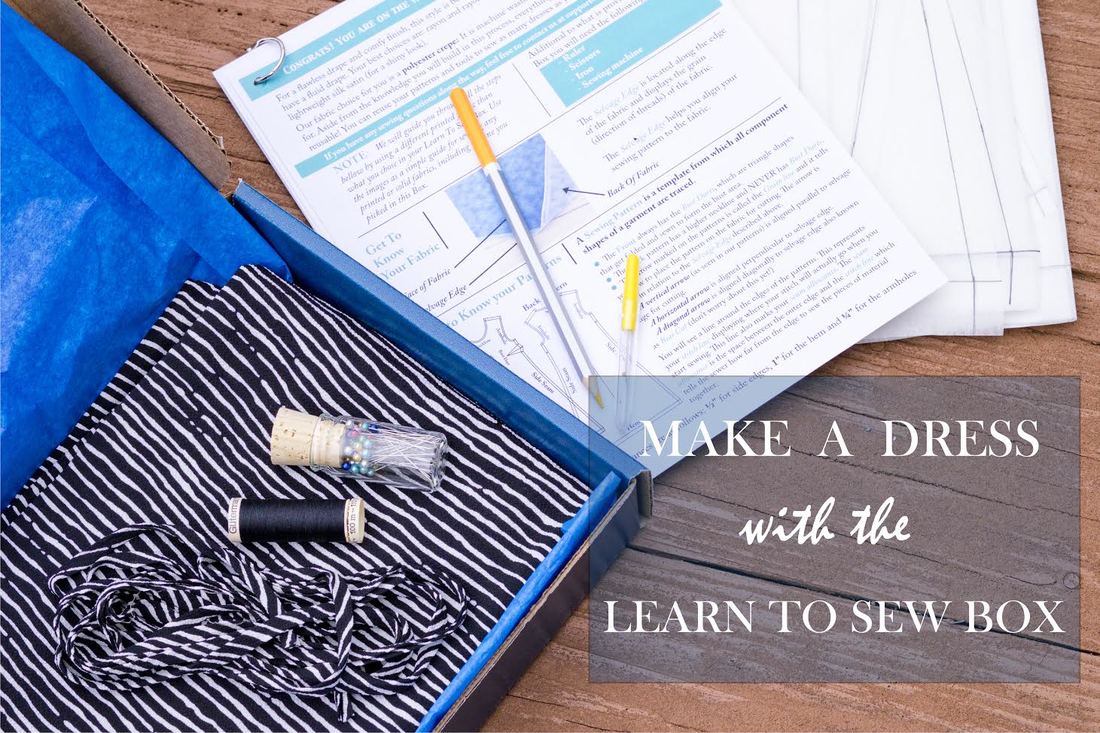
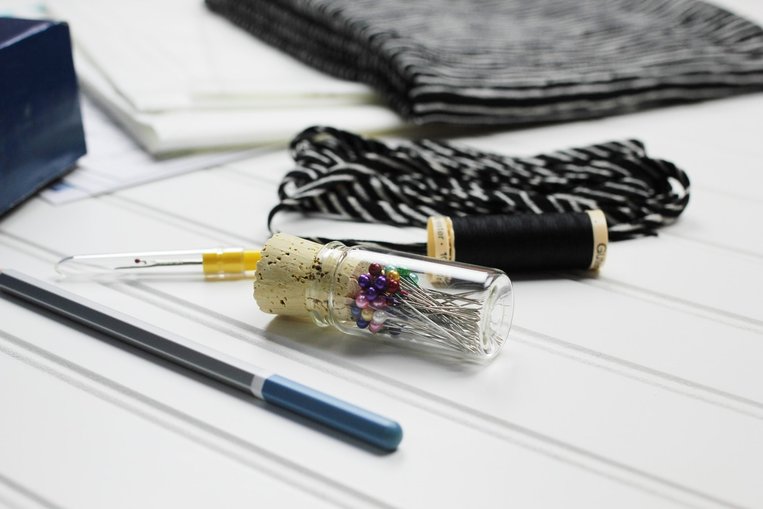
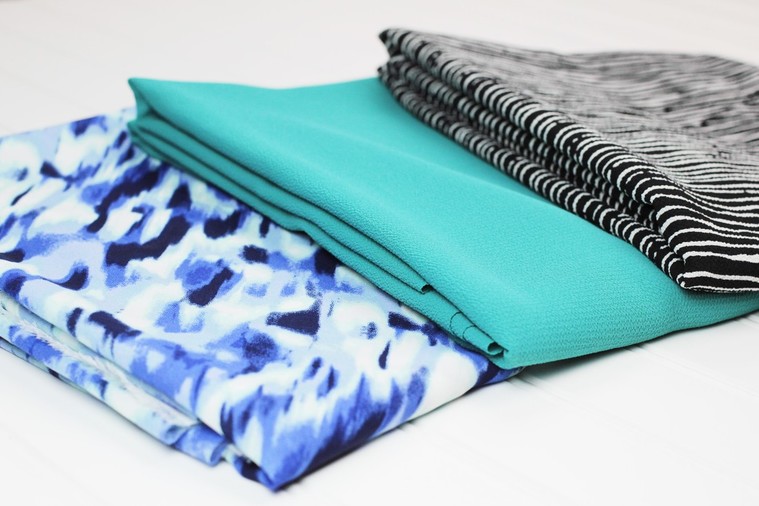
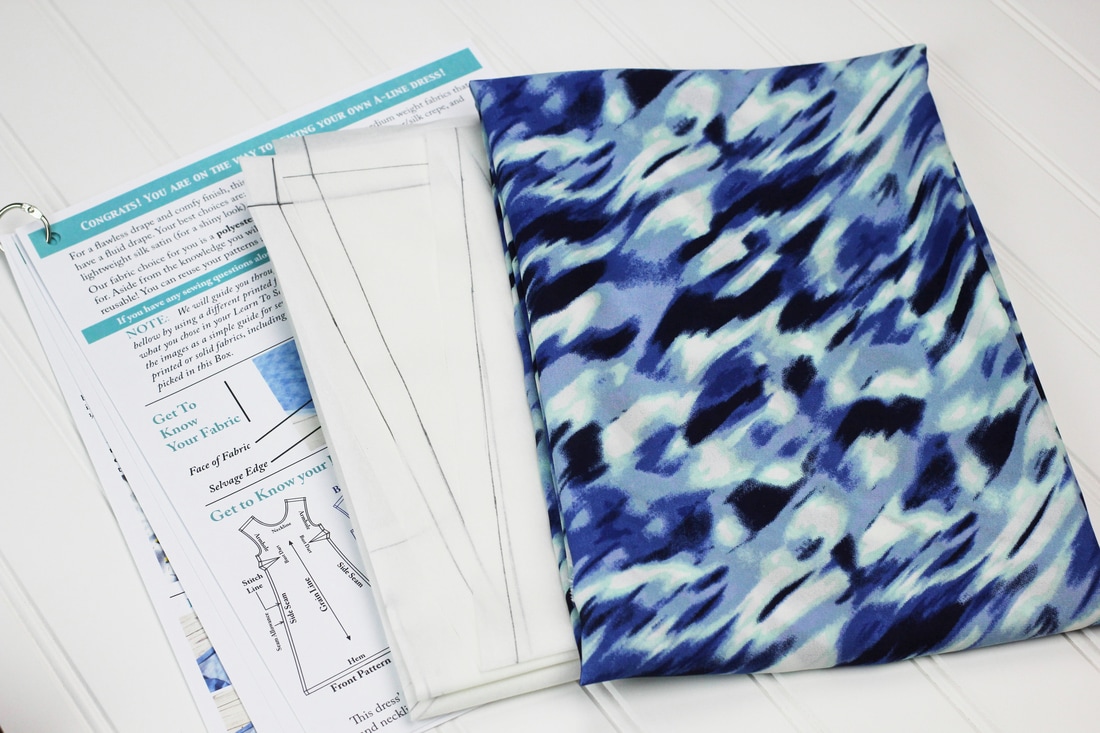
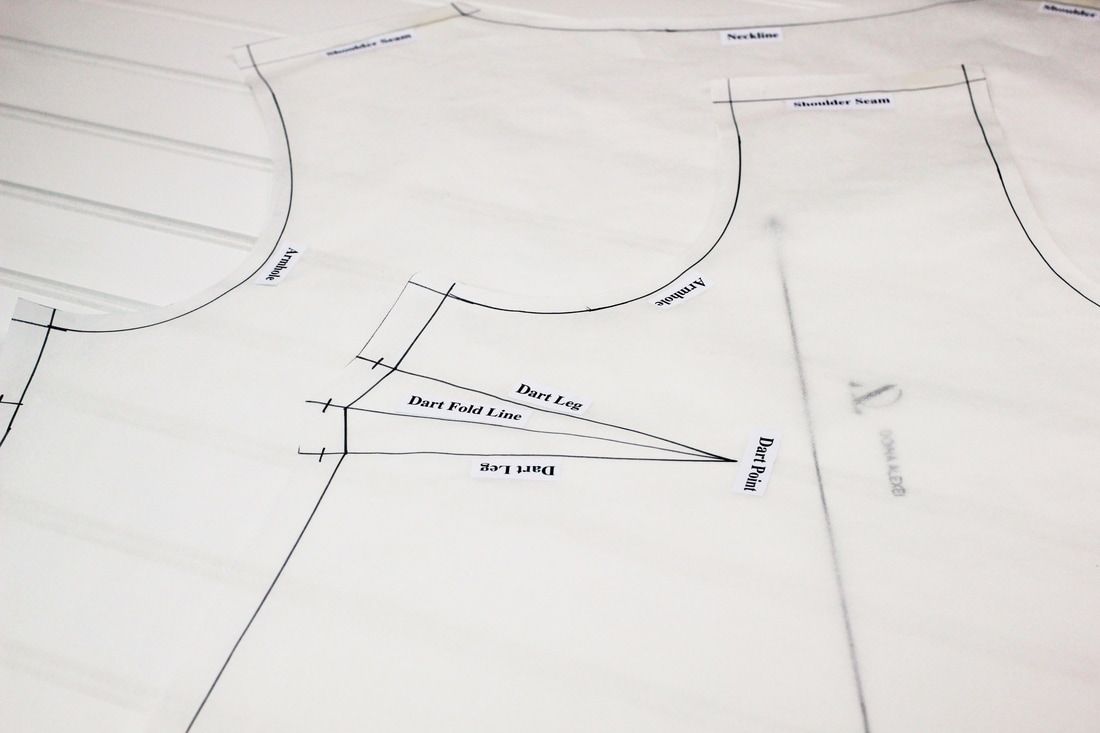
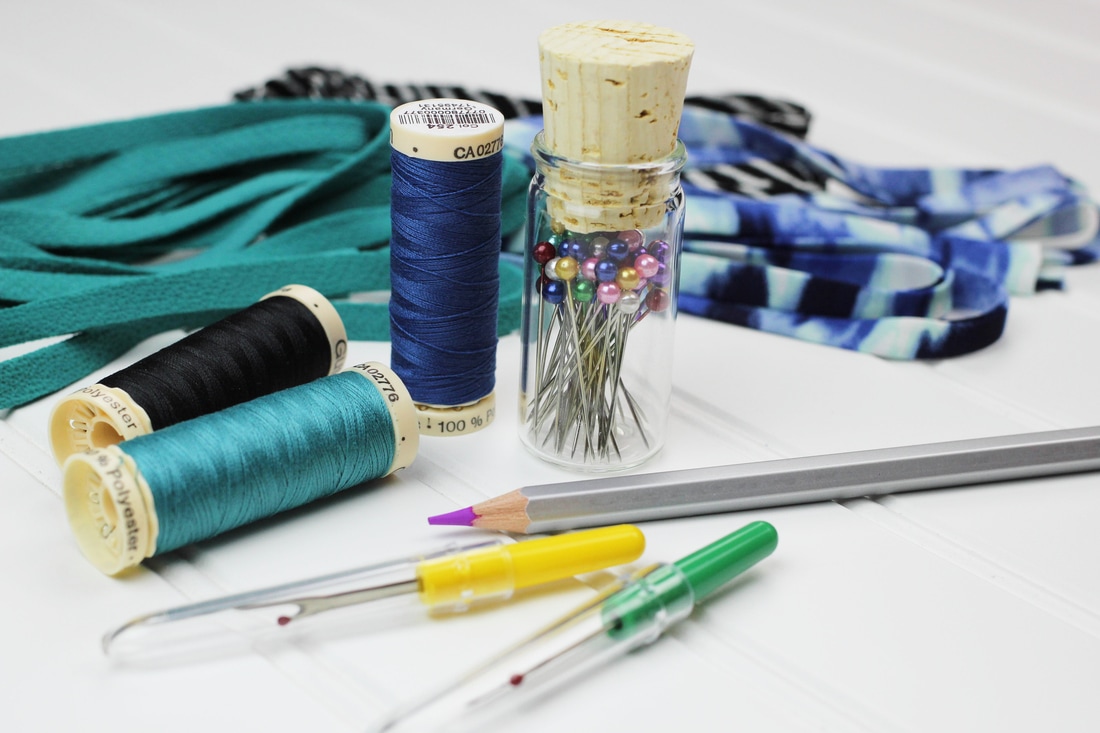
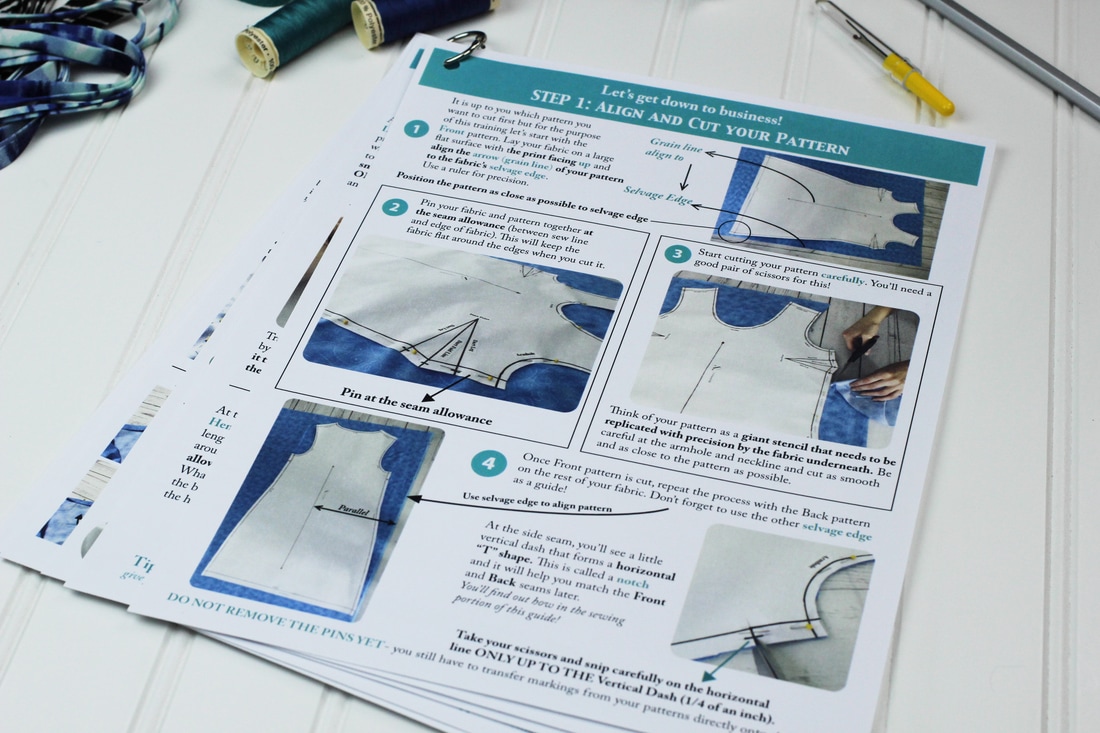
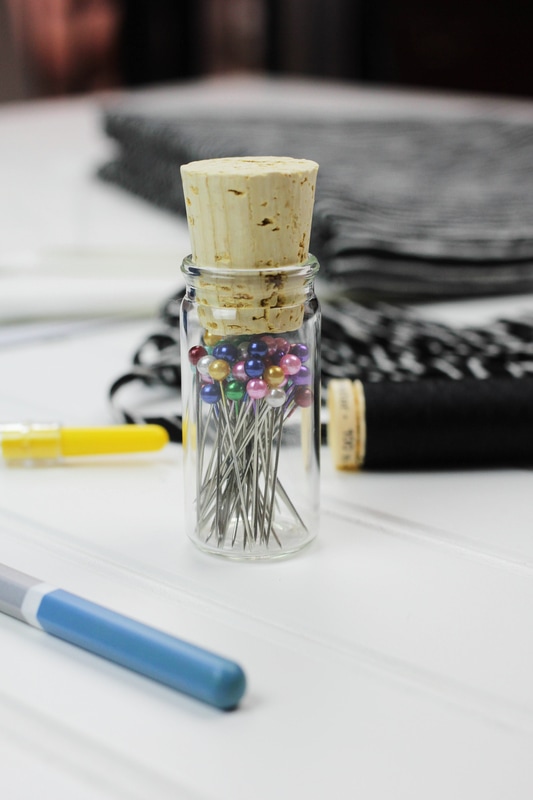


 RSS Feed
RSS Feed

